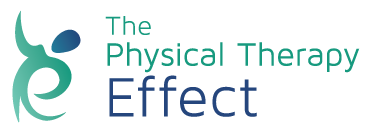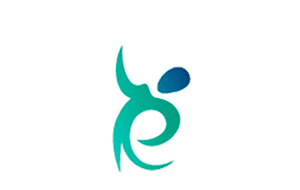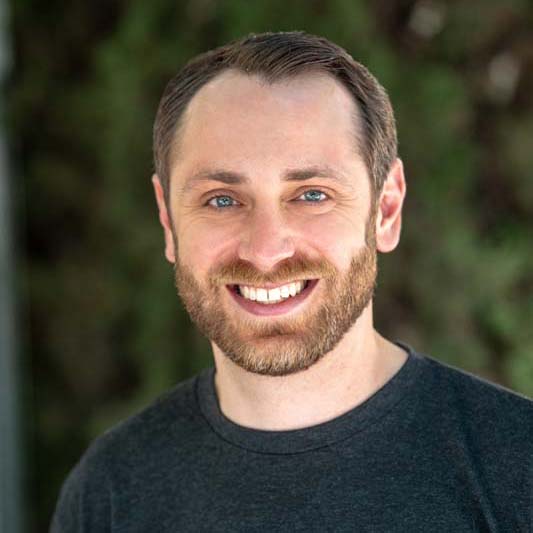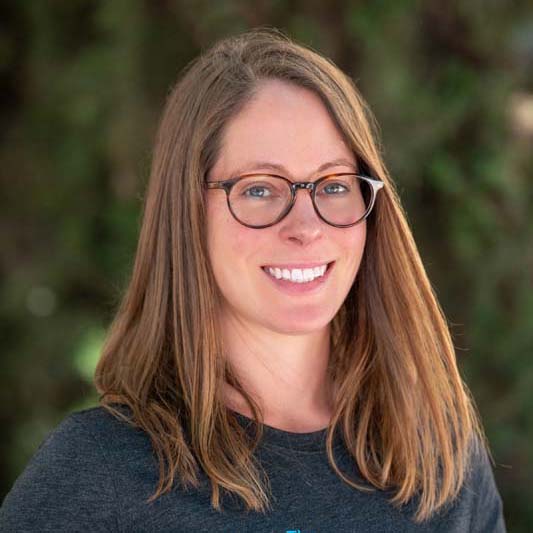Important terms to know
Physical Therapy Glossary
Sometimes it may seem like your physical therapist is speaking a different language. To make the most out of your treatment, learn these common physical therapy terms and abbreviations so you can be sure that you’re completely understanding every aspect of your appointment and treatment.
Activities of Daily Living (ADL)
ADL stands for activities of daily living and includes all of the daily activities that you might do to take care of yourself, such as bathing, eating, and dressing.
Assistive Device
An assistive device is anything that you use to help you to get around or to complete ADLs. Examples include walkers and crutches.
Behavioral Modification
Behavioral modification therapy is a technique that involves changing the patient’s behavior usually to eliminate a behavior that is causing pain or injury.
Biomechanical Assessment
A biomechanical assessment involves watching how you move to discover any problems with their alignment or structure and to look for weaknesses and strengths.
Bone Fracture
A fracture is a broken bone. Any kind of break, from partial cracks to complete breaks are all classified as bone fractures.
Bursitis
Bursitis is the inflammation or irritation of the bursae, which are small sacs filled with fluid that provide cushioning for the bones.
Carpal Tunnel Syndrome (CTS)
Carpal tunnel syndrome is a wrist and hand condition characterized by tingling, numbness, burning, or pain in the hand, wrist, and arm caused by pressure put on the nerves there.
Chronic Pain
Chronic pain isn’t necessarily constant pain. Pain qualifies as chronic when it lasts for more than three months, even if it comes and goes during that time.
Cyclist’s Knee
Cyclist’s knee, also known as patellofemoral pain syndrome or PFPS, is a condition that many cyclists develop. It involves pain around and at the front of the knee and is caused by the repetitive motions of cycling.
Deformity
A deformity occurs when a part of your body is different from what would normally be expected.
Electrical Stimulation
Electrical stimulation is a physical therapy treatment that uses electrical impulses to contract muscles in order to decrease pain and improve the functions of those muscles.
Endurance
Endurance is your ability to be active over a period of time.
Fine Motor Movements
Fine motor movements are smaller movements that require smaller muscles to do. For example, writing or typing are considered fine motor movements.
Functional Exercise
A functional exercise is any exercise that helps to boost skills such as balance, range of motion, coordination, stability, strength, or endurance that have an impact on your ability to participate in daily life activities.
Functional Training
Functional training is a workout or training program that uses functional exercises to strengthen the skills you need to perform daily activities.
Graston Technique
The Graston Technique is a physical therapy technique that mobilizes soft tissue and breaks down scar tissue.
Gross Motor Movements
Gross motor movements are the larger movements, opposite to fine motor movements. These larger movements involve larger muscles within the body to do. For example, walking is considered a gross motor movement.
Ligament Sprain
A sprain is when a ligament, which is what connects the bones to your joints, becomes injured.
Lumbar Spine
The lumbar spine is made up of the 5 vertebrae in the lower back that are located between the pelvis and the ribcage.
Manual Therapy
Manual therapy is a technique used by physical therapists that involves manually moving a part of your body for you.
Massage Therapy
Massage therapy is a physical therapy treatment option that involves a therapist massaging the muscles and soft tissues in the body.
Mobility
Mobility is the ability to move, especially from one place to another in order to meet your daily needs.
Muscle Strain
A muscle strain occurs when the muscle is either stretched or torn. This can also happen to a tendon.
Orthopedic Physical Therapy
Orthopedic refers to correcting deformities in muscles or bones. Orthopedic physical therapy, therefore, treats your musculoskeletal system. Typically, physical therapists require additional training for orthopedic treatments.
Pelvic Floor
The pelvic floor is a set of muscles that support the pelvis and all of the organs within that region of the body, including the bowels, bladder, and, in women, the uterus.
Plantar Fascia
The plantar fascia is a tissue band that stretches from your heel to the ball of your foot along the arch.
Plantar Fasciitis
Plantar fasciitis is a foot condition that causes pain in the heels and the bottoms of the feet when you put your weight on them. It can be caused by overuse, the shape of your feet, or the type of shoes you wear.
Range of Motion (ROM)
Range of motion, or ROM, is how much you’re able to move a particular part of your body. Full range of motion is the ability to move a body part as much as would be considered normal.
Rehabilitation Program
A rehabilitation program is a program designed for you by your physical therapist to treat your pain or condition.
SEMG Biofeedback
SEMG biofeedback is a type of pelvic floor treatment in which the patient visualizes the muscles they contract while working their pelvic floor.
Tendonitis
Tendonitis is a condition in which the tendons, which are the tissues that attach your muscles to your bones, are inflamed or irritated, which can cause pain.
Ultrasound Therapy
Ultrasound therapy is a technique used in physical therapy that involves using sound waves to increase the blood flow within the soft tissues of the body.
Vestibular System
The vestibular system is the system within the body responsible for managing balance, spatial orientation, and other information regarding the body’s position and movements.
Weight-Bearing
Weight-bearing means that you’re able to carry the weight of your own body when you walk or move.











